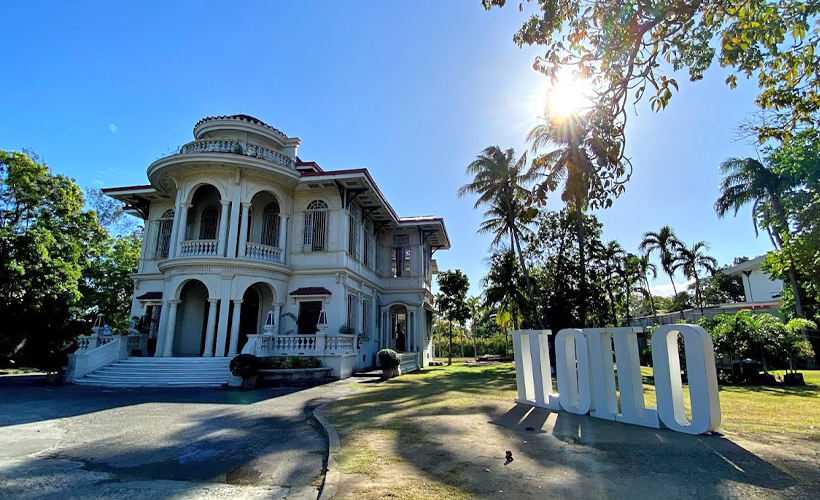The Philippines, known for its stunning landscapes, vibrant culture, and warm hospitality, is set to introduce an electronic visa (e-visa) system for international travellers. This move aims to streamline the visa application process, promote tourism, and enhance the overall travel experience for visitors coming to the country.
With the implementation of the e-visa system, the Philippines is embracing digital advancements to facilitate hassle-free travel while ensuring efficient immigration processes.
How to apply
The Philippines’ Department of Foreign Affairs (DFA) has stated that the country’s e-visa system will go live by year’s end. The e-visa system will start in the third quarter of 2023, according to Affairs Undersecretary Jesus Domingo, and allow visitors who want to enter the country to apply for the necessary visas online. If you are an ASEAN passport holder, short-term tourist visas are given on arrival, but should you wish to stay longer or travel for other purposes, then do look out for which visas are necessary to apply for.
Foreign nationals will be able to remotely apply for the proper Philippine visas using personal computers, laptops, and mobile devices thanks to the Philippine e-Visa system. Visitors to the Philippines who intend to use an e-Visa should be informed that they must complete additional entrance requirements. For instance, obtaining a Philippines Health Declaration Form or a Philippines One Health Pass is still required in order to enter the nation.
Convenience and efficiency for travellers
The e-visa system offers a range of benefits, foremost being convenience and efficiency. Travellers will have the flexibility to apply for their visas from the comfort of their homes, saving time and effort. This digital solution will ensure that the visa application process is accessible to all, regardless of their geographic location. Moreover, the streamlined online process is expected to significantly reduce processing times, allowing travellers to receive their e-visas promptly.
The Philippine Ambassador to China, Jaime FlorCruz, is optimistic that the new approach will encourage more Chinese tourists to visit the Philippines. Prior to the pandemic, South Korea was followed by China as the top source of visitors to the Philippines. Although 1.7 million Chinese visitors came to the Philippines in 2019, they haven’t yet flocked back in the same numbers.




